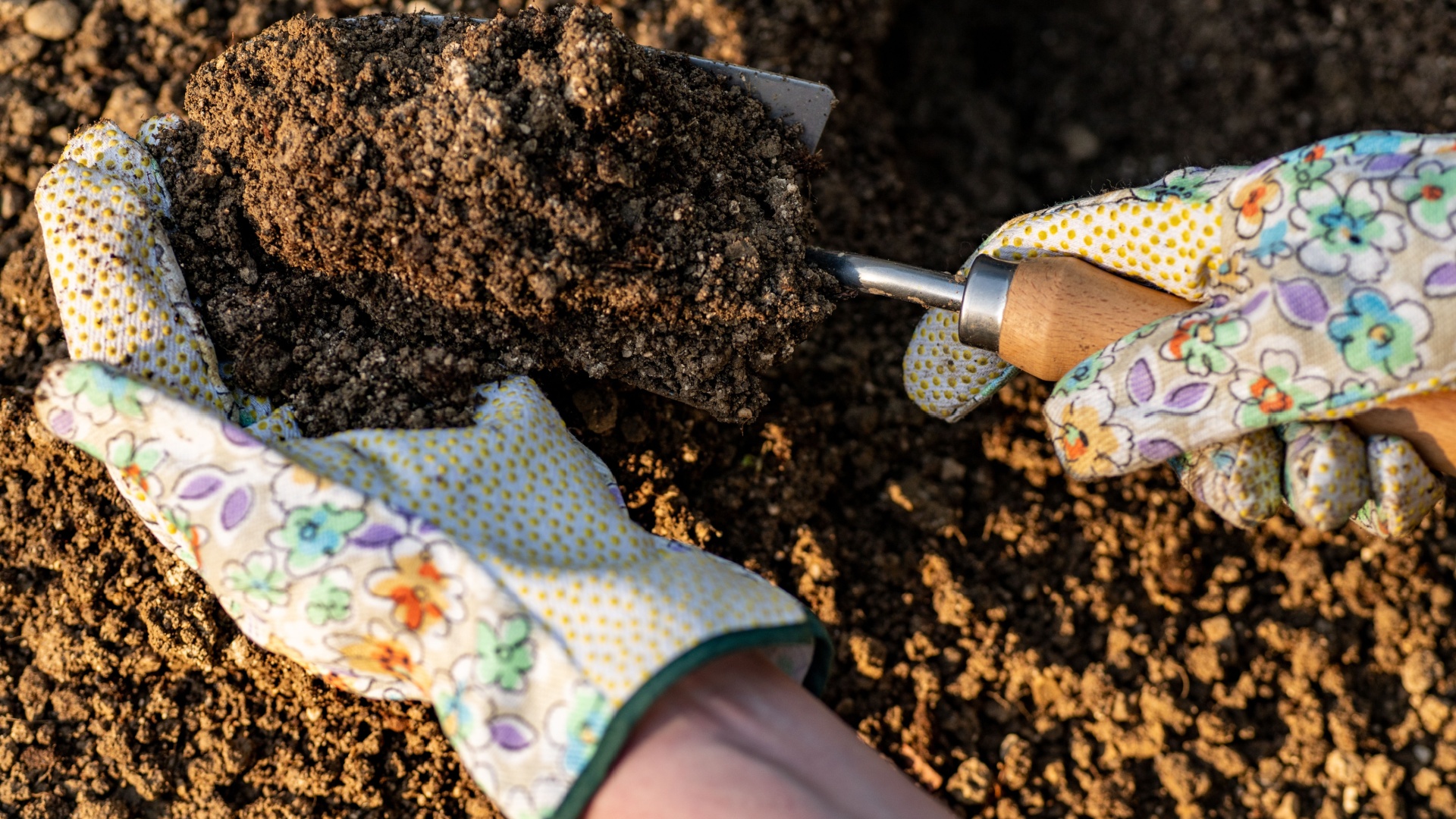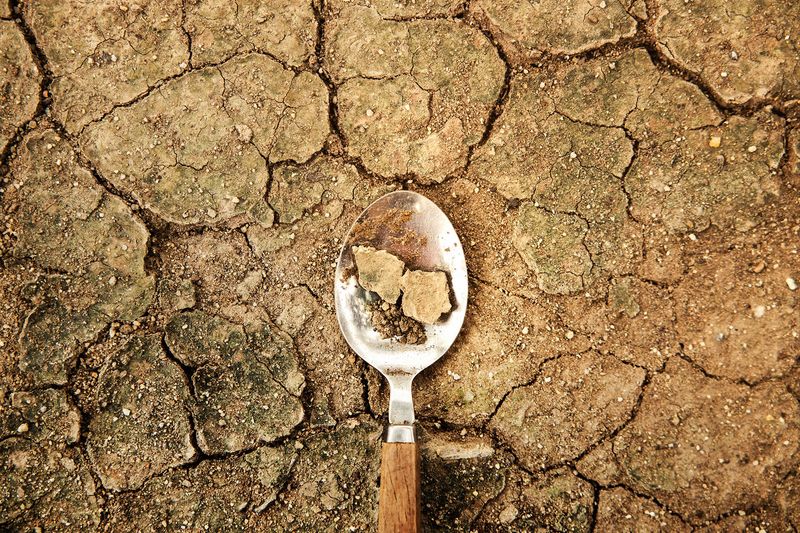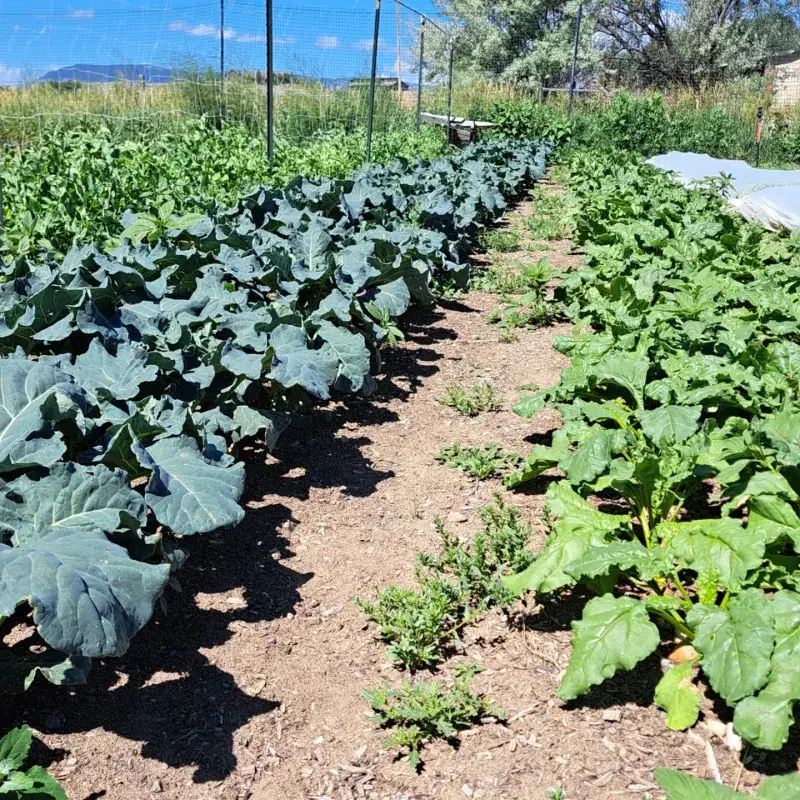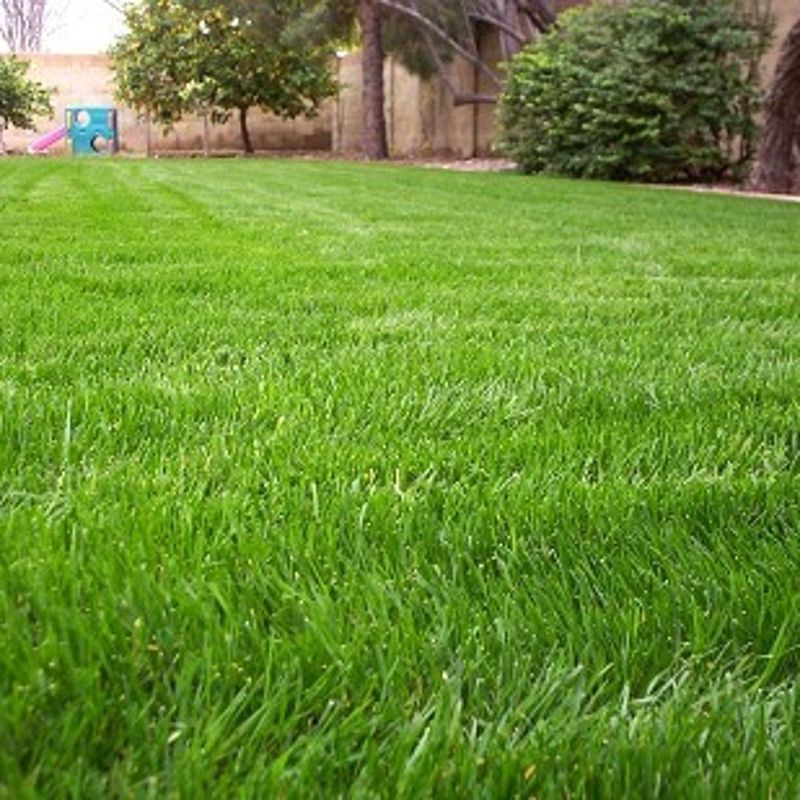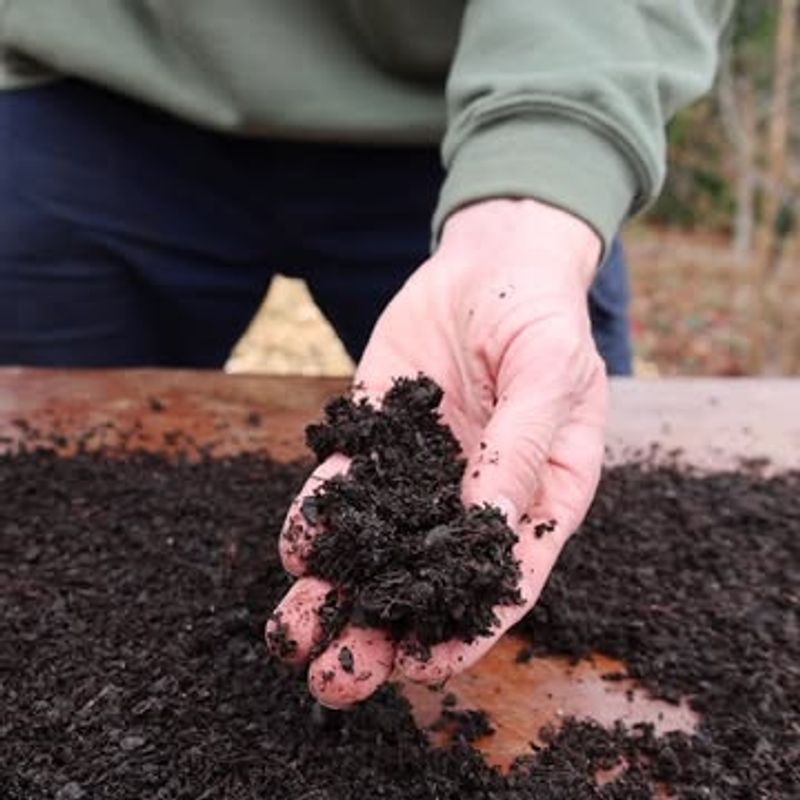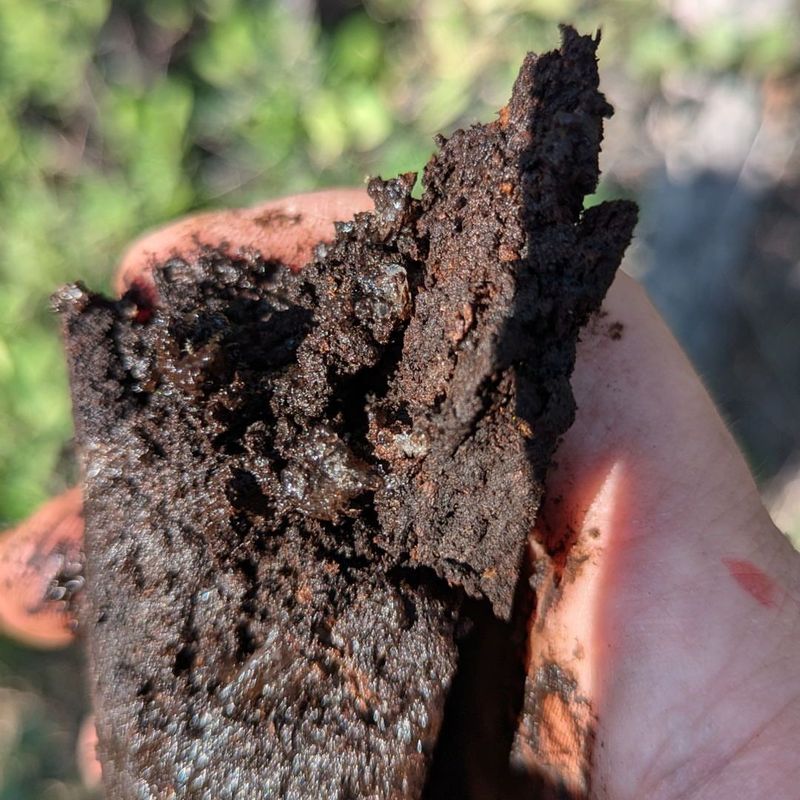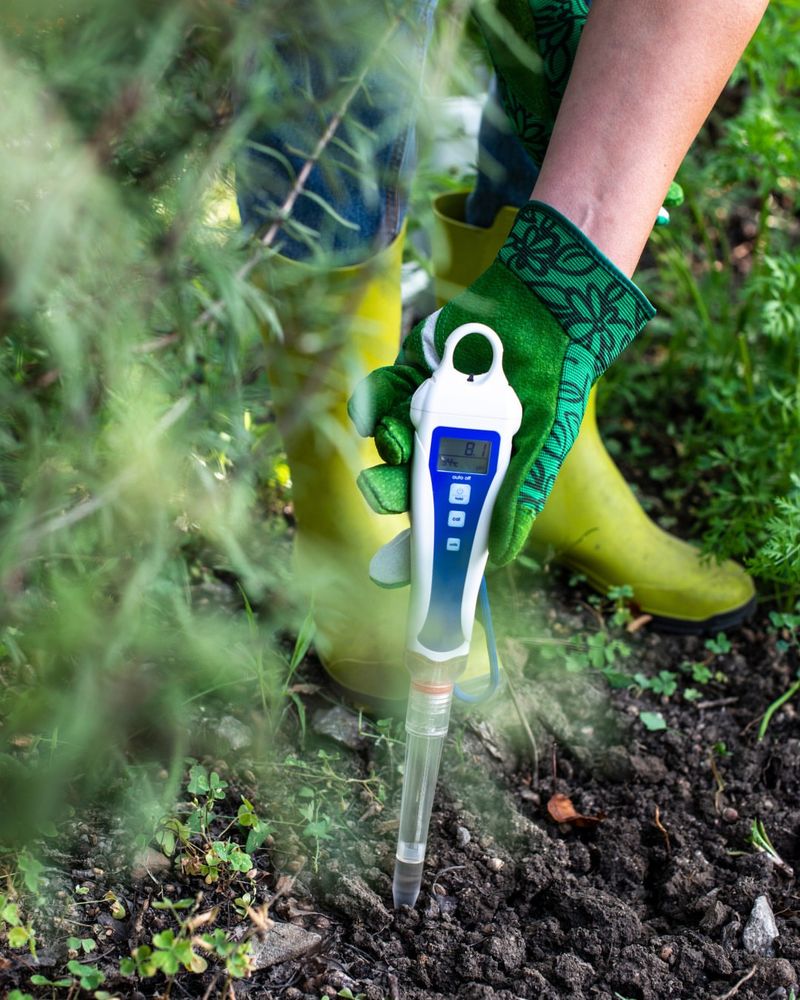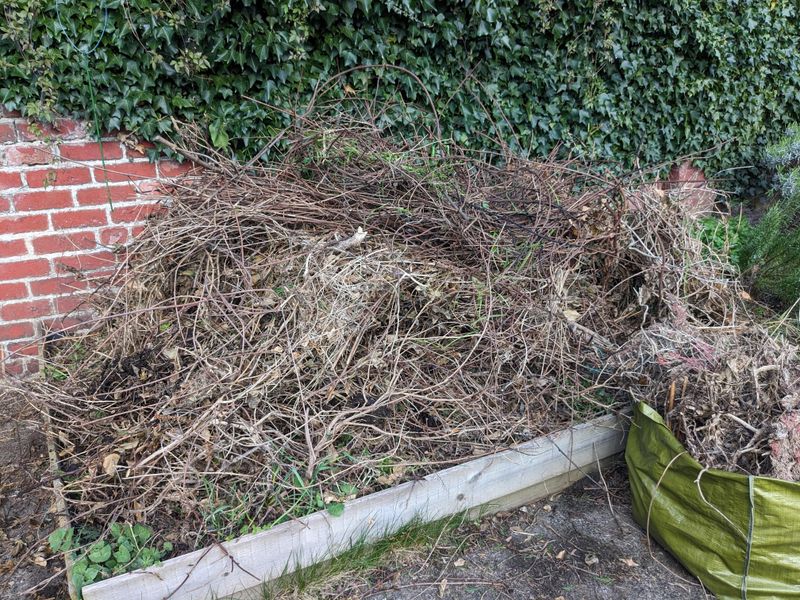Wyoming gardeners face unique challenges with our short growing season and harsh climate. August marks a critical window for soil preparation before winter sets in.
Taking time now to nourish your soil pays dividends next spring when planting season arrives. Your garden’s success starts underground with healthy, nutrient-rich soil.
1. Summer Heat Has Depleted Nutrients
After months of supporting plant growth, your soil’s nutrient bank is running low. Summer crops have been making constant withdrawals since spring, leaving your garden soil nutrient-poor.
August offers the perfect opportunity to replenish these vital elements before fall arrives. Adding compost or organic fertilizers now gives microbes time to break down materials while the ground remains warm.
2. Fall Crops Need A Boost
Planning to grow fall vegetables? They’ll need proper nutrition to thrive. August soil amendments provide immediate support for cool-season crops like kale, spinach, and radishes that Wyoming gardeners can still plant.
Unlike spring plantings that have months to develop, fall crops face a race against time. Giving them nutrient-rich soil from the start helps ensure a successful late-season harvest before frost arrives.
3. Perfect Timing For Cover Crops
August marks prime time for planting cover crops in Wyoming gardens. Crops like winter rye or hairy vetch need those last warm weeks to establish before cold weather hits.
These green manures protect bare soil through winter while adding organic matter. Their roots help break up compacted Wyoming clay soils naturally. By spring, you’ll have living mulch ready to be turned under, creating a nutrient-rich planting bed.
4. Microbial Activity Peaks Now
Soil isn’t just dirt—it’s alive! August’s warm soil temperatures create peak conditions for beneficial bacteria and fungi activity in Wyoming gardens. These tiny helpers break down organic matter into plant-available nutrients.
Adding amendments now maximizes microbial processing time. The soil food web works overtime during late summer, converting your inputs into garden gold. Once temperatures drop below 50°F, this biological activity slows dramatically.
5. Moisture Retention For Dry Winters
Wyoming winters bring cold, dry conditions that can further deplete soil quality. Organic matter added in August acts like a sponge, improving your soil’s ability to hold precious moisture.
Each percent of organic material added helps soil hold approximately 20,000 gallons more water per acre! This moisture retention becomes crucial during Wyoming’s notoriously dry winters and spring winds. Your plants will thank you when they have access to stored water next growing season.
6. Correcting pH Before Winter
Wyoming soils often lean alkaline, challenging many garden plants. August provides a perfect opportunity to test and adjust your soil’s pH levels before winter arrives.
Adding sulfur to lower pH or lime to raise it requires time to take effect. Applying these amendments now gives them months to work their magic. By spring planting time, your soil chemistry will be better balanced for optimal nutrient availability and plant health.
7. Breaking Down Garden Debris
Got garden waste? August is perfect for turning those spent plants into future fertility. Chop and drop techniques work wonderfully this time of year in Wyoming gardens.
Simply cut down finished plants and lay them directly on garden beds. The remaining warm days help break down this material before winter. You’ll build soil structure while recycling nutrients already present in your garden ecosystem—nature’s perfect recycling system!
8. Preparing For Spring Thaw Cycles
Wyoming’s freeze-thaw cycles can wreak havoc on bare soil. Adding organic matter in August creates soil structure that better withstands these challenging transitions.
Well-amended soil resists erosion when spring snowmelt occurs. The improved structure also allows earlier spring planting since well-fed soil warms faster than compacted ground. This head start can mean weeks of additional growing time in Wyoming’s short season.

